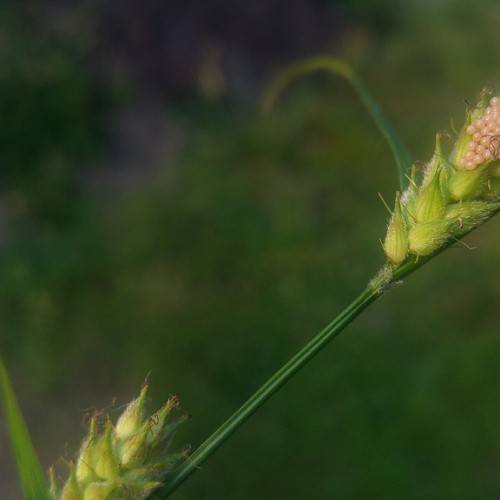
Hammer Sedge
Carex hirta
Watering:
Minimal
Hardiness Zone:
Flowers:
Flowers
Sun:
Partial Shade, Shade
Leaf:
Yes
Growth Rate:
Low
Drought Tolerant:
Yes
Salt Tolerant:
Yes
Care Level:
Medium
watering
Henderson's Sedge requires regular watering for best growth. It should be watered well during summer, and should be watered less during winter and spring. During the summer, it is best to water the plant deeply and thoroughly about once or twice a week. During winter and spring, it should be watered lightly every 10-14 days. It is important to make sure that the soil stays slightly moist, but not soggy, so it is important to check moisture levels periodically. Additionally, be sure to allow the soil to dry somewhat between waterings.
sunlight
Henderson's Sedge (Carex hendersonii) prefers partial to full shade and requires at least 3 to 4 hours of direct sunlight each day. For optimal health, it should be exposed to sunlight during the morning as the sun is less intense and can be filtered through the canopy of trees. In areas that have more extreme temperatures, it is important to provide shade during the hottest periods of the day.
pruning
Henderson's Sedge (Carex hendersonii) should be pruned once or twice a year to maintain its fullness and shape. Pruning should be done in the spring or autumn, as this is the best time for growth and establishment of the plant. Use sharp, sterilized pruners to cut any dead or diseased foliage. Also, thin out any dense clumps of foliage to allow for increased air circulation. Regular light pruning will help to keep the plant healthy and free of pests or disease.
